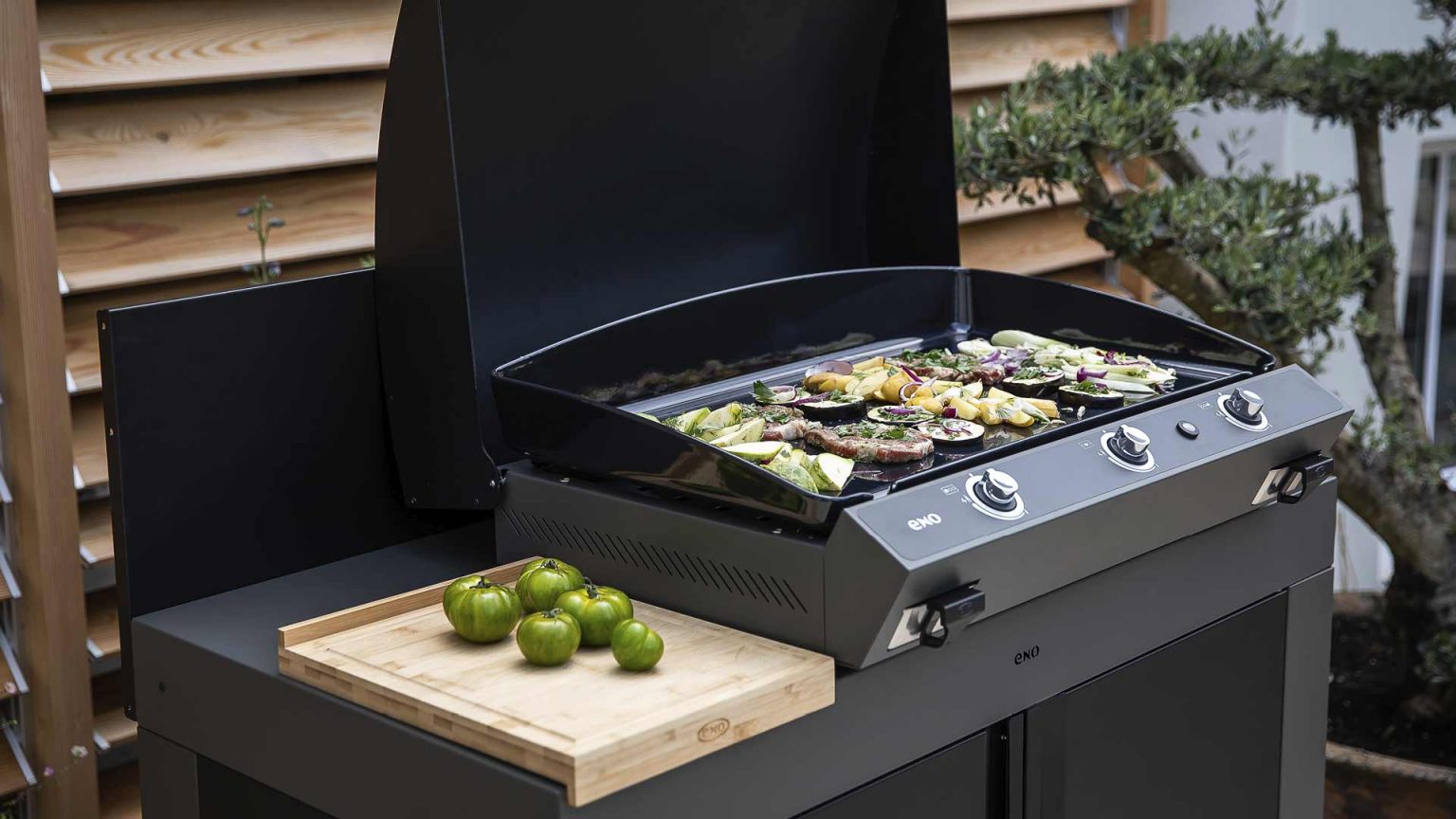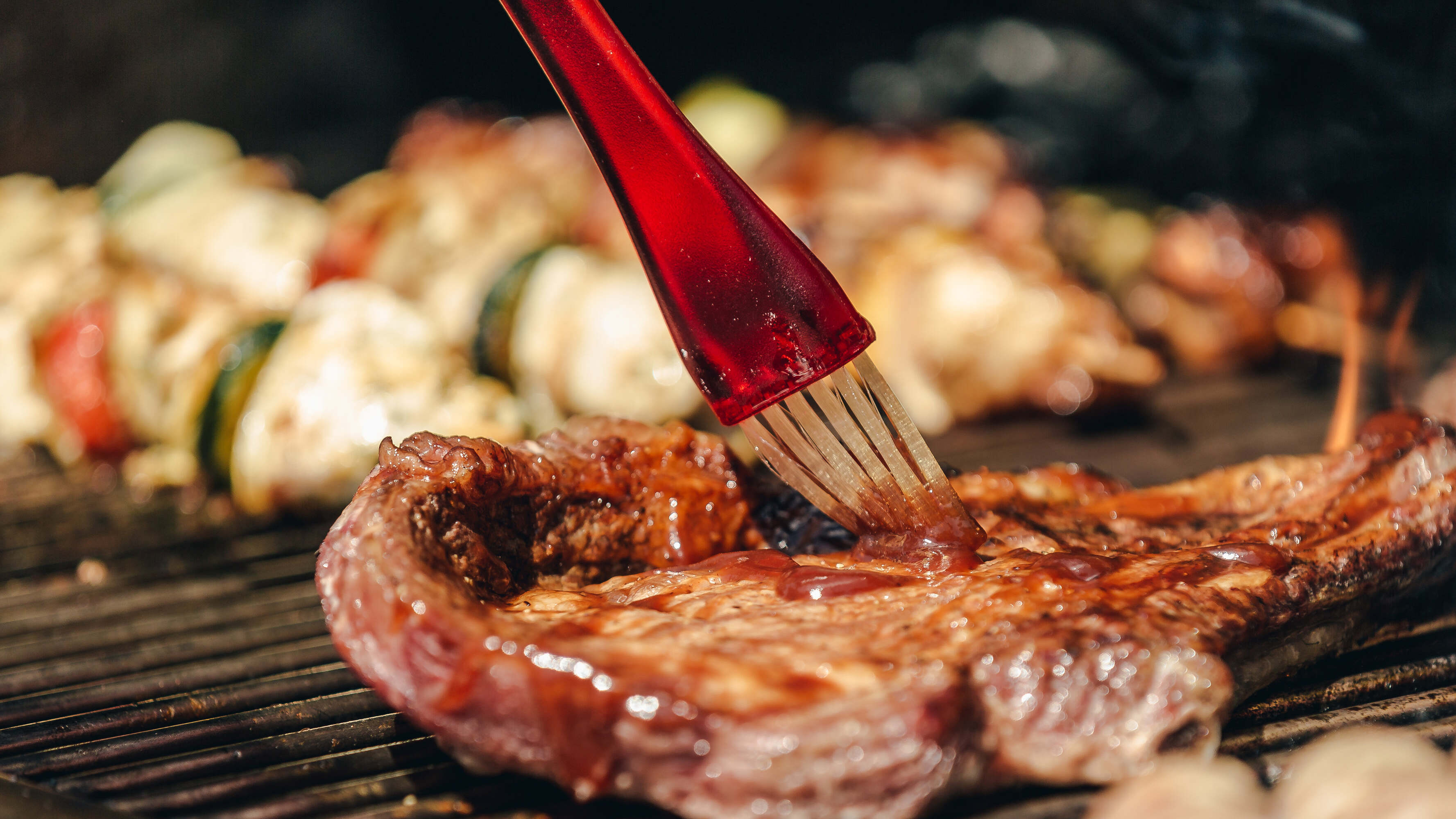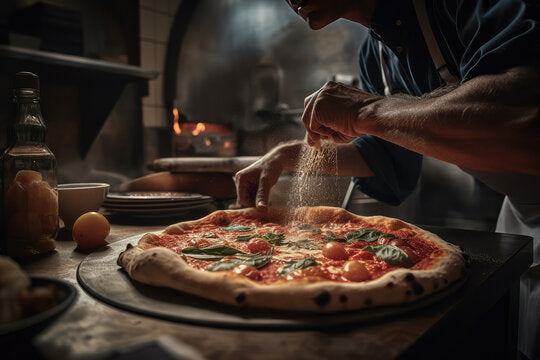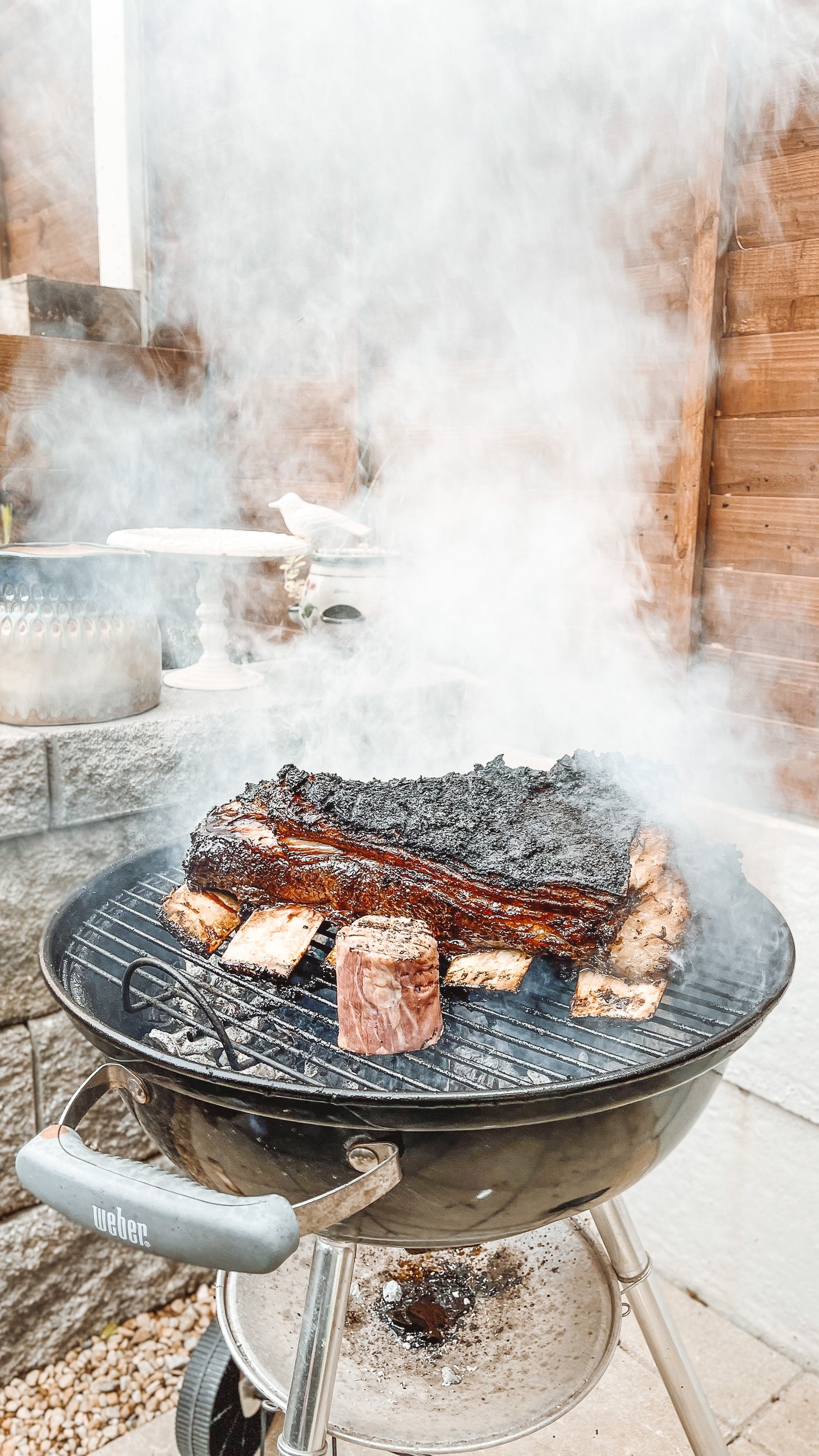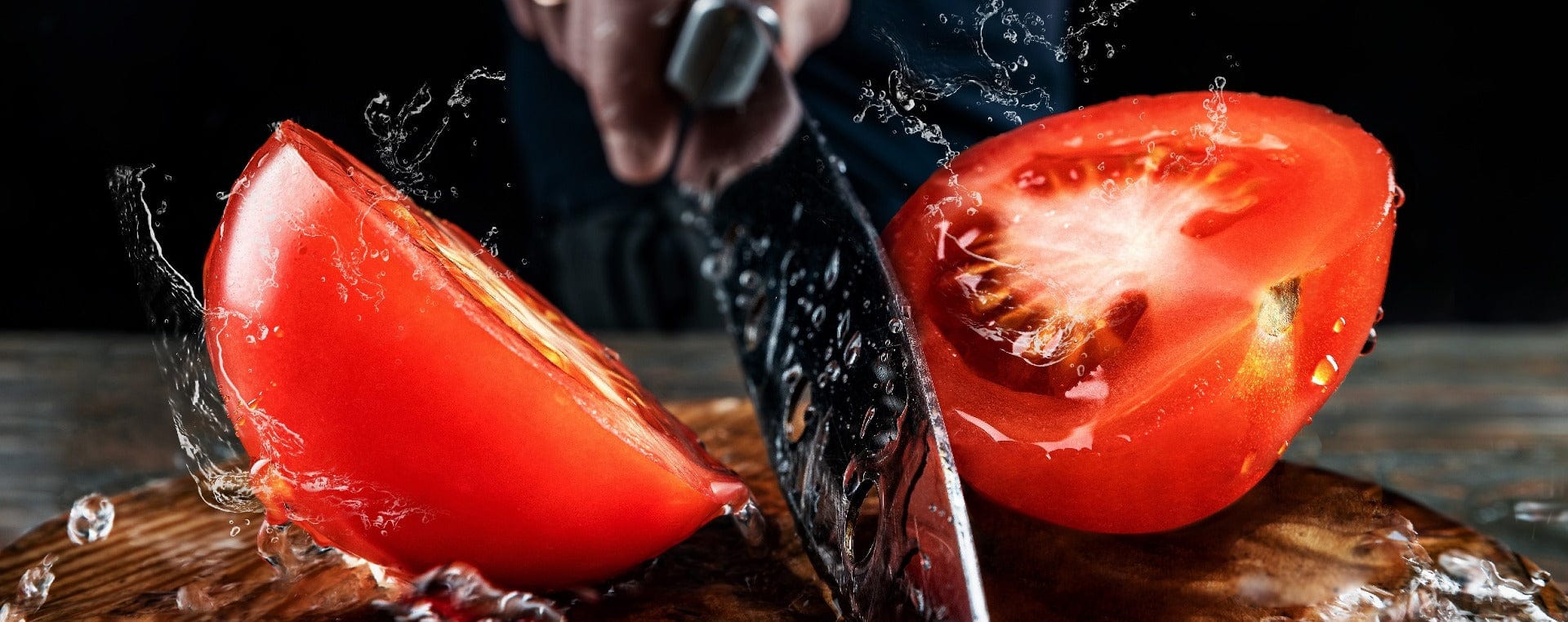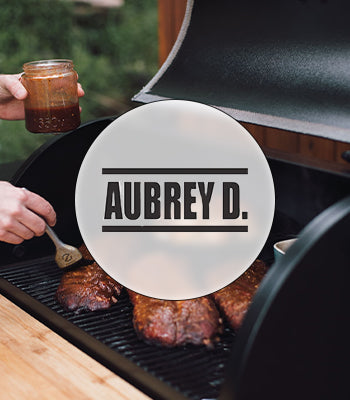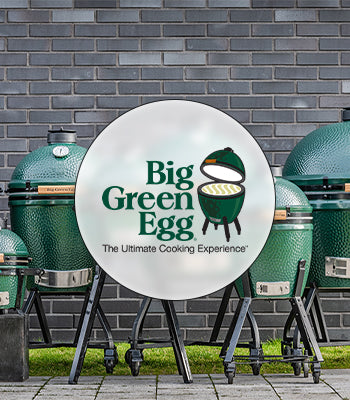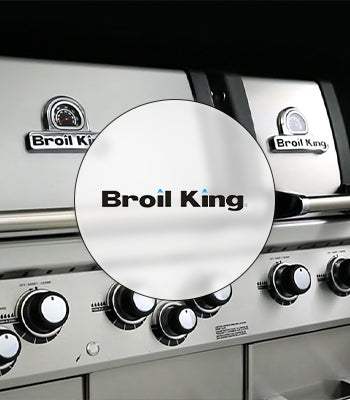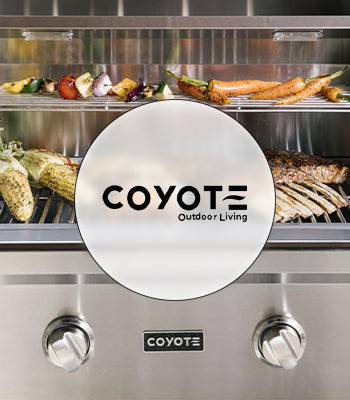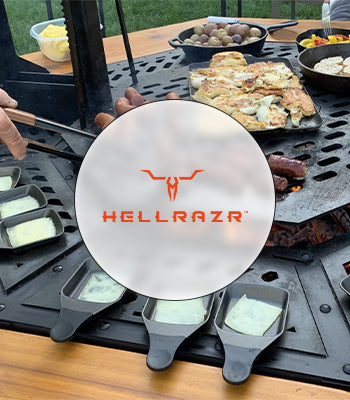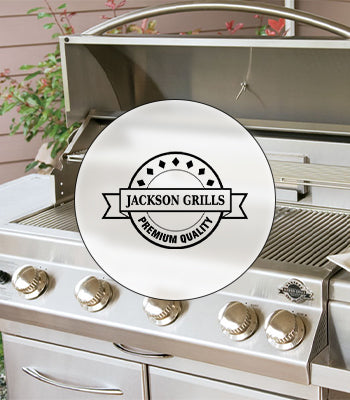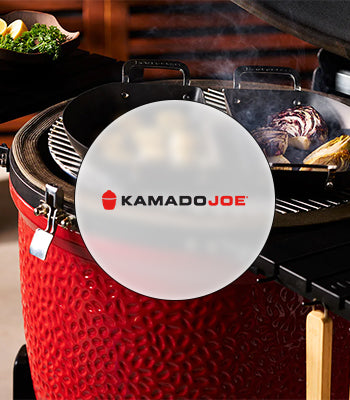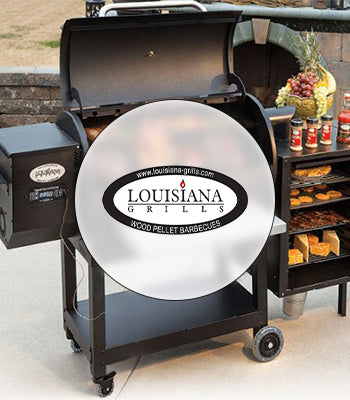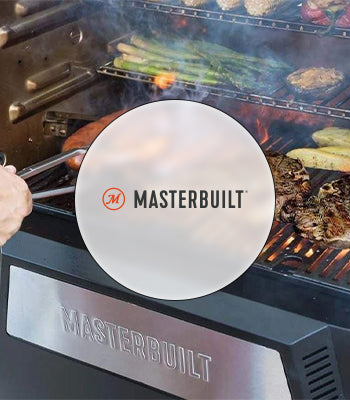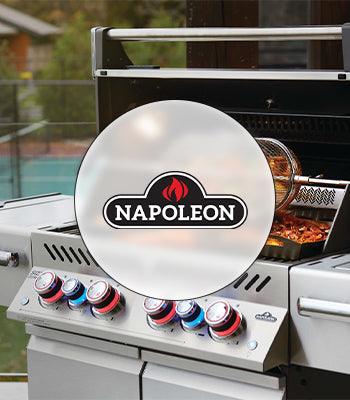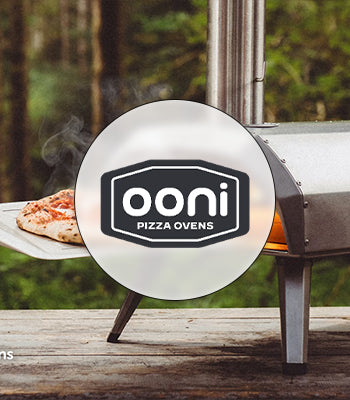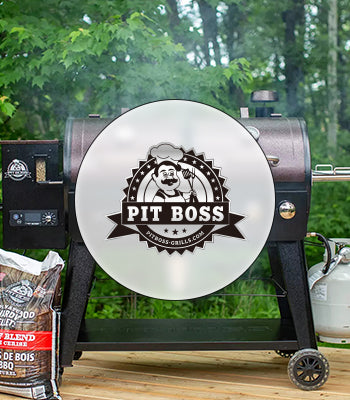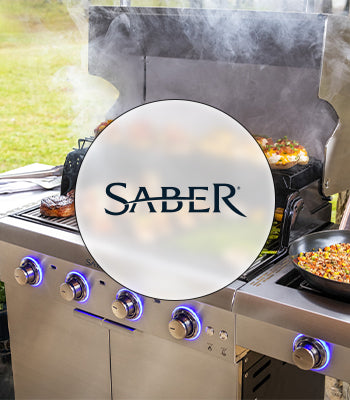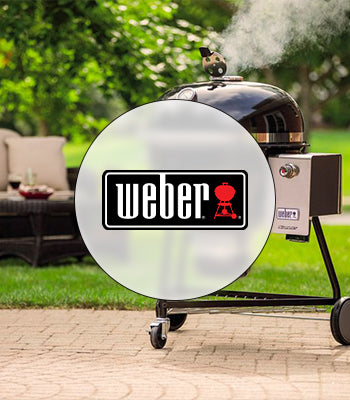News
Le fumage de la viande
Ce que vous devez savoir sur le fumage
La différence entre les fumoirs pour un fumage à chaud et un fumage à froid est en grande partie une question de distance entre la chambre de fumée et le feu — plus la distance est grande, plus la fumée est froide. Une bonne ventilation est importante étant donné que la fumée sale piégée dans une chambre donne à la nourriture un goût amer. Cependant, avec trop de ventilation, la fumée se dissipe. Votre meilleur guide est la température à l’intérieur de la chambre. Installez un thermomètre que vous pouvez consulter de l’extérieur, puis ouvrez ou fermez les aérations selon les besoins.Le fumage à froid
Certaines viandes sont fumées à froid, ce qui ajoute une délicieuse saveur de fumée à la viande. La température à l’intérieur du fumoir doit être de 30 °C (86 °F). Placez la source de chaleur à environ 3 m de la chambre de fumée sur le côté à partir duquel les souffles d’air dominants proviennent. Le sommet du puit doit se trouver environ 30 cm plus bas que le fond de la chambre, avec un tuyau de poêle ou un tunnel de carreaux entre les deux.Le fumage à chaud
Le fumage à chaud nécessite de maintenir un fumoir à des températures de 85 °C à 100 °C (185 °F à 212 °F), donc la chambre doit être isolée. La fumée est produite à l’intérieur ou directement sous la chambre. Il est plus facile de conserver une température appropriée avec un brûleur électrique. Élevez lentement la température interne de la viande à 65 °C (149 °F) au minimum. Vérifiez la cuisson en perçant le cœur de la viande avec un thermomètre à viande; par exemple, un jambon de 8 kg (18 lb) demandera environ 10 heures de cuisson.Assaisonnement
La saveur conférée par la fumée dépend du type de bois utilisé. Les bois résineux ne doivent pas être utilisés, car les résines viennent dénaturer les aliments fumés. La grande majorité des bois durs sont appropriés, en particulier l’arbre à thé, l’acacia et l’eucalyptus. Utilisez uniquement du bois non traité et évitez les branches et les feuilles des arbustes toxiques tels que le laurier-rose.Les fours extérieurs
Qui n’a pas rêver de faire la cuisine à l’extérieur tout en prenant un verre avec ses convives ? Tout cela est maintenant possible avec les fours extérieurs.
Que ce soit pour faire cuire des crustacés , griller de la viande , cuisiner un pain ou même préparer un dessert, nos produits sauront répondre à tout vos besoins en matière de cuisson extérieure.
Faite cuire un pain à l’ancienne dans le four extérieur La Goustaou de la compagnie Invicta ou bien savourer une classique pizza italienne dans le Ooni Pro.
Laissez votre imagination vous inspirer et soyez bien équipé pour épater vos invités!
Les secrets du chef pour la cuisson sur le BBQ
1- Nettoyer la grille
Nettoyer la grille est un incontournable avant d’y faire cuire quoi que ce soit. Pour ce faire, brossez la grille bien vigoureusement à l’aide d’une brosse à barbecue. Si vous n’en avez pas sous la main au début de la saison, vous pouvez former une boule de papier d’aluminium et l’utiliser pour nettoyer votre surface.
-Découvrez notre section accessoires pour être bien équipé!-
2- Faire tempérer la viande
Laissez vos viandes ou vos poissons tempérer environ 30 minutes avant de les déposer sur le gril. Ceci permettra notamment de maintenir une température assez chaude dans le barbecue. Une viande ou un poisson froid fera baisser la température, ce qu’il faut éviter.
3- Assaisonner ou mariner
Une fois votre viande bien tempérée, il est temps de la préparer pour la cuisson. Sels et épices sont de mise. Et si vous n’avez pas eu le temps de faire mariner la viande, pas de problème! Les mélanges d’épices à frotter sont tout aussi délicieux et donneront du goût à vos grillades.
-Découvrez notre section sauces et épices!-
4- Égoutter la viande
Prenez soin d’égoutter les pièces de viande à griller afin d’éviter que des gras s’en détachent et attisent les flammes, ce qui pourrait brûler la chair.
5- Manipuler les aliments
Ne piquez jamais les viandes avec une fourchette, utilisez plutôt une pince pour les retourner puisque la viande piquée perd une partie de son sang et devient ainsi moins goûteuse.
6- Faire reposer la viande
Faites bien reposer les viandes avant de les trancher. Le temps de repos doit être similaire au temps de cuisson. Vous saurez ainsi combien de temps laisser tempérer votre viande.
7- Cuire les aliments à chaleur indirecte
Pour terminer la cuisson avec la chaleur indirecte, éteignez le feu d’un côté du gril et fermez le couvercle du BBQ. Cette méthode est idéale pour les grosses pièces de viande telles que les rôtis et le poulet ou même pour les poissons, comme le saumon entier.
8- Faire griller des crustacés
Vous prévoyez faire cuire des crustacés comme le homard, les langoustes ou les crevettes? Conservez-les dans leurs carapaces. De cette façon, elles auront beaucoup plus de goût!
La Plancha® ENO dans le monde
Depuis plus de 50 ans, ENO rayonne dans le monde et est présent sur tous les continents. L’exportation fait partie de l’ADN de l’entreprise qui rayonne dans plus de 50 pays aujourd’hui. Le développement à l’international s’accélère ces dernières années avec le développement du marché nord-américain pour la plancha. Toutes les planchas gaz et électriques ENO sont fabriquées en France à Niort dans les Deux-Sèvres – région Nouvelle Aquitaine – dans les ateliers d’origine qui sont là depuis la fin du XIXe siècle.
En Amérique du nord – Canada et États-Unis
Depuis 2014, La Plancha® ENO est présente sur le marché nord-américain – Canada et Etats-Unis – ENO a déposé la marque Plancha® aux Etats-Unis en 2010 et travaille ardemment à faire connaître sa marque et ses produits auprès des Canadiens et Américains.
La participation à de nombreux salons et événements à l’étranger permettent à la Maison ENO de développer son marché à l’export.

La cuisine à la Plancha ENO est savoureuse et diététique
Sur la plancha ENO, pas d’utilisation de matière grasse ! La cuisine à la plancha préserve ainsi les goûts et les saveurs ainsi que les qualités nutritionnelles des aliments ! Ainsi on obtient une cuisson savoureuse des aliments cuisinés.
En effet, la température élevée de la plancha et le revêtement en émail de la plaque en fonte empêchent les aliments d’attacher. Ceux-ci conservent leur texture et leurs arômes, les sucs sont caramélisés délicatement, les aliments ne sont pas dénaturés.
Pas de graisse recuite nocive pour la santé. Il est toujours possible d’ajouter un filet d’huile d’olive vierge après la cuisson pour apporter une note gustative à vos aliments.
La Plancha ENO est facile à entretenir
La plaque en fonte émaillée des planchas gaz ou électriques ENO se nettoie très facilement par pyrolyse. 1 à 2 minutes suffisent pour la rendre comme neuve.
- Les résidus et graisses sont récupérés dans un bac amovible avec l’aide de la spatule.
- À chaud, le nettoyage se fait par grattage (avec la spatule en inox) puis déglaçage de la plaque de la plancha avec un peu d’eau.
- Une fois la plancha refroidie, un nettoyage final avec la boule inox et le Plancha cleaner puis avec un chiffon en microfibre et votre plancha ENO retrouve sa brillance et sa propreté.

